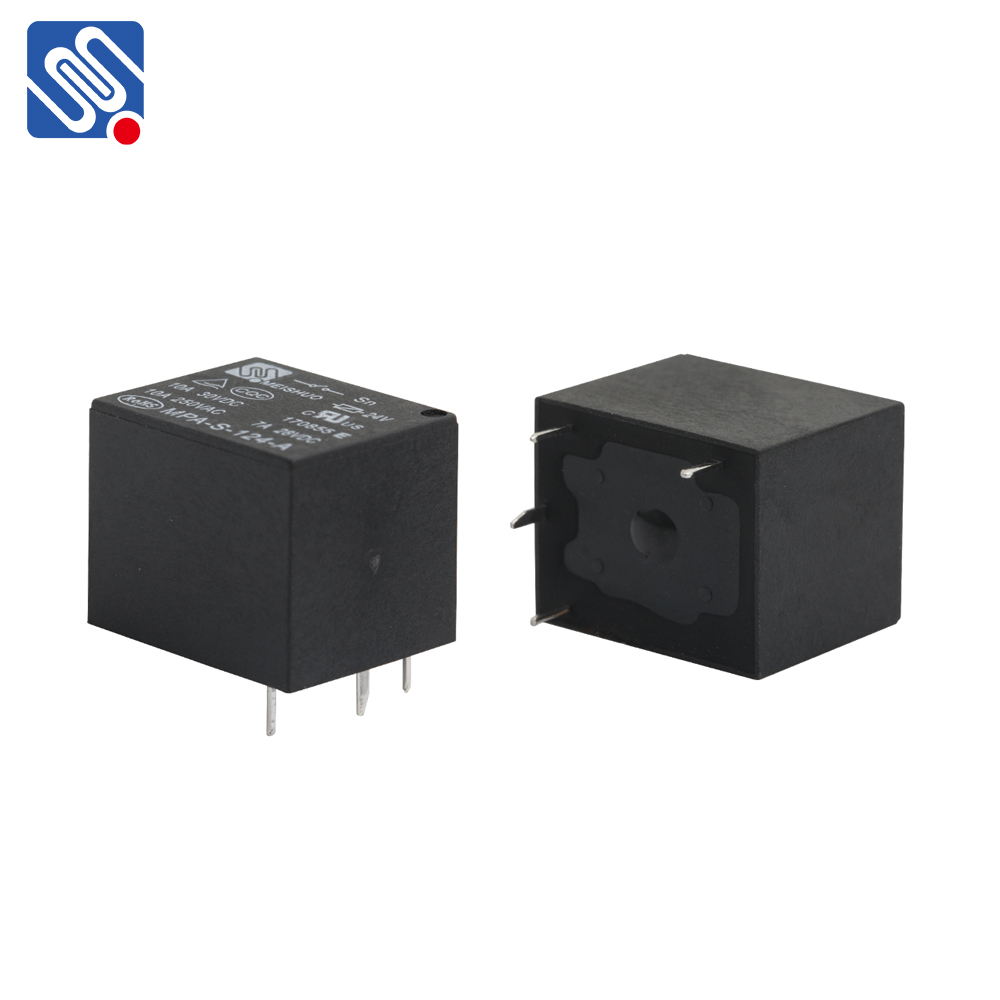A relay is an essential component in electrical systems, functioning as an electrically operated switch. It allows one circuit to control the switching of another, providing convenience, safety, and protection in various applications. Among the many types of relays available, the 24V 10A relay is a popular choice due to its versatility and reliability in controlling high-power devices. In this article, we will explore the key features of a 24V 10A relay, its working principles, and common applications.

What is a 24V 10A Relay? A 24V 10A relay is a type of electromagnetic switch that operates with a 24V DC (direct current) control signal and can switch up to 10 amperes of current through a connected load. The number “24V” refers to the voltage required to activate the relay’s coil, while “10A” represents the maximum current that the relay can handle through its switch contacts. Relays come in different types based on their design and function. The 24V 10A relay is typically a single-pole, single-throw (SPST) or double-pole, double-throw (DPDT) relay. In simpler terms, this means it can either switch one or two circuits depending on its configuration. The 10A rating indicates that the relay can safely control devices that draw up to 10 amperes of current without causing any damage to the relay itself or to the controlled circuit.
Leave a Reply